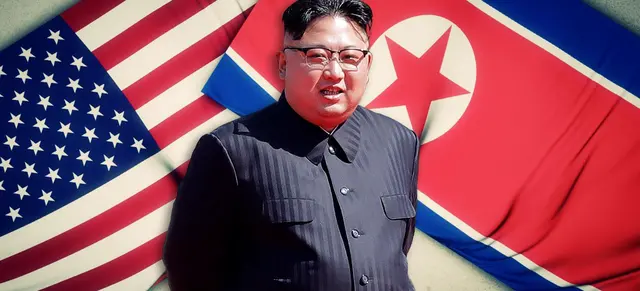By APD writer Jamila Husain
**COLOMBO, June 22 (APD) ** - Sri Lanka doctors attached to the Government Medical Officers Association (GMOA), on Thursday launched an islandwide strike, protesting against the violent clashes which erupted between police and students on Wednesday.
GMOA Assistant Secretary Dr. Haritha Aluthge told journalists that the indefinite strike which began on Thursday morning was launched to strongly protest the violence allegedly unleashed by the police on the Inter University medical students when they held a protest in front of the Health Ministry a day earlier.
Medical students storm Health Ministry premises
The violent clashes erupted close to the Colombo National Hospital, and left at least 85 students and 9 policemen hospitalized.
The police said the premises of the Health Ministry was severely damaged due to the unruly behavior of the students after they forcibly entered the building in violation of the court order issued by the Colombo Chief Magistrate.
The protesting students were demanding to abolish the South Asian Institute of Technology and Medicine (SAITM), which is the countrys only private medical faculty.
Following the islandwide strike by doctors on Thursday, thousands of patients were left stranded when they sought medical treatment in state hospitals due to wards being deserted with a lack of staff.
Patients complained that the doctors strike had inconvenienced the public who needed medical treatment.
"There are strikes almost every month now. How are the sick supposed to be treated if doctors go on strike. We cannot afford private hospitals which is why we turn to state hospitals," W. Inoka, a resident of Colombo told ADP just outside the National Hospital.
Private medical facilities in Sri Lanka are expensive which leads to a majorty of the people turning to state hospitals which offer free medication.
However, despite Thursday's strike, hospital emergency units, Dengue control units and hospitals in the disaster affected areas continued to function as normal.
(ASIA PACIFIC DAILY)
 简体中文
简体中文

